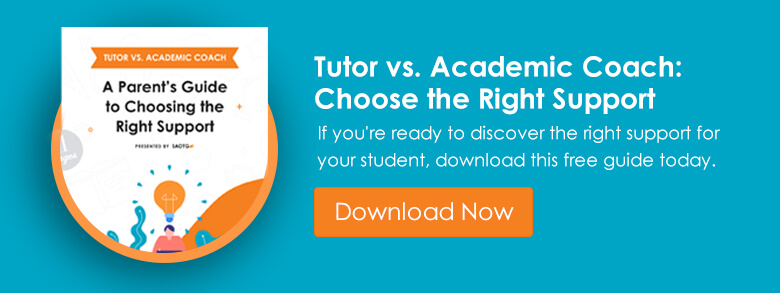“The challenges we face are irrelevant. I only care about your response.” One of my favorite teachers and mentors repeated this axiom weekly during my sophomore year of high school. Every late homework assignment, every poorly written essay, and every athletic failure received the same twelve-word response. Although frustrating to hear for the thousandth time, this adage points to one of the most important factors for both academic and overall success: mindset.
Carol Dweck, a psychology professor currently at Stanford University, coined the term “growth mindset” decades ago, comparing it to a so-called “fixed mindset and illustrating its importance for success. But what exactly differentiates these two mindsets, and how can students foster the mentality needed to succeed?
In short, a growth mindset invokes a desire to learn, persist, and improve. A fixed mindset, on the other hand, focuses on a need to appear smart or successful, usually by avoiding challenges. Students with a fixed mindset prefer to be the smartest in the room and the biggest fish in the pond. Students with a growth mindset are coachable. They embrace challenges and overcome obstacles by accepting criticism and focusing on progress over perfection. In other words, the distinguishing factor is effort. The infographic below illustrates this distinction.

Helping a student change their mindset from a fixed perspective to one based on growth can be difficult, but here are a few proven strategies to help with the transition:
- Praise Effort
Effort is the hallmark of a growth mindset. If a student is trying and failing, recognize their effort. Whether in academics or athletics, recognition of effort makes all the difference. Replace “you’re so smart” with “I love your effort”.
- Avoid Applauding Intelligence or “Natural Ability”
Likewise, try not to praise natural ability because this leads to the development of a fixed mindset. Praising natural ability discourages growth because students begin to prefer praise over progress. They want to be the smartest or the best at something. If they cannot be the best within one or two tries, they move on because they want praise.
- Utilize Gamification
Gamification in the classroom and at home is an easy way to switch a student’s mindset toward progress. By applying video game elements to everyday obstacles, parents and teachers can push students toward a growth mindset. One easy way to do this in the classroom is changing traditional grades for “XP”. For example, if a student does poorly on a test and gets a 70, then they would receive 7,000 XP. Instead of internalizing a failure, students will see 7,000 XP as progress.
- Encourage Elaboration
One of the easiest ways to encourage a growth mindset is to teach students to elaborate on their answers. Instead of condemning a response to a question right away as incorrect, ask your student to elaborate. In doing so, the student not only develops a more meaningful response but also learns to push through an obstacle and to make progress.
- Embrace Goals
Goal setting is one of the most powerful tools to develop a growth mindset. This semester, ask your student to write goals and review them often. Reviewing goals on a weekly or monthly basis can help students see progress and momentum often, which encourages grit and persistence.
- Make “Yet” Your Favorite Word
The word “yet” is extremely powerful. Carol Dweck raves about the importance of this three-letter word often in her speeches and books. “Yet” encourages a growth mindset by recognizing progress and extending the imaginary finish line. For example, instead of telling a student that he or she is not responsible enough to drive to Galveston alone, add “yet” to the end of that sentence.
- Set the Example
Teachers and parents are examples, whether they like it or not. Students, especially younger students, are constantly observing and replicating the actions of adults around them. If you have fixed mindset tendencies, a student will pick up on that, so always recognize your own effort, use the word yet, and embrace goals.
Developing a growth mindset is only one component of our executive functioning curriculum, but it is one of the most foundational concepts we teach. For more information on how to instill a growth mindset or to find a one-on-one coach for your child, please visit our services page.





